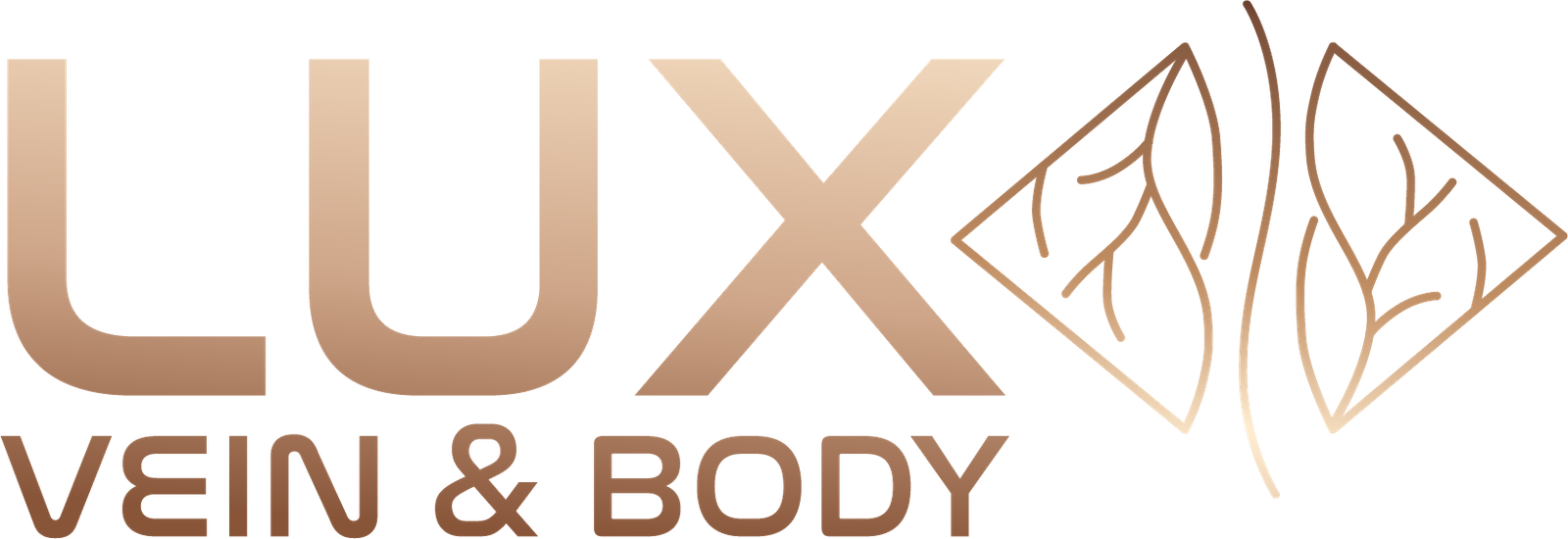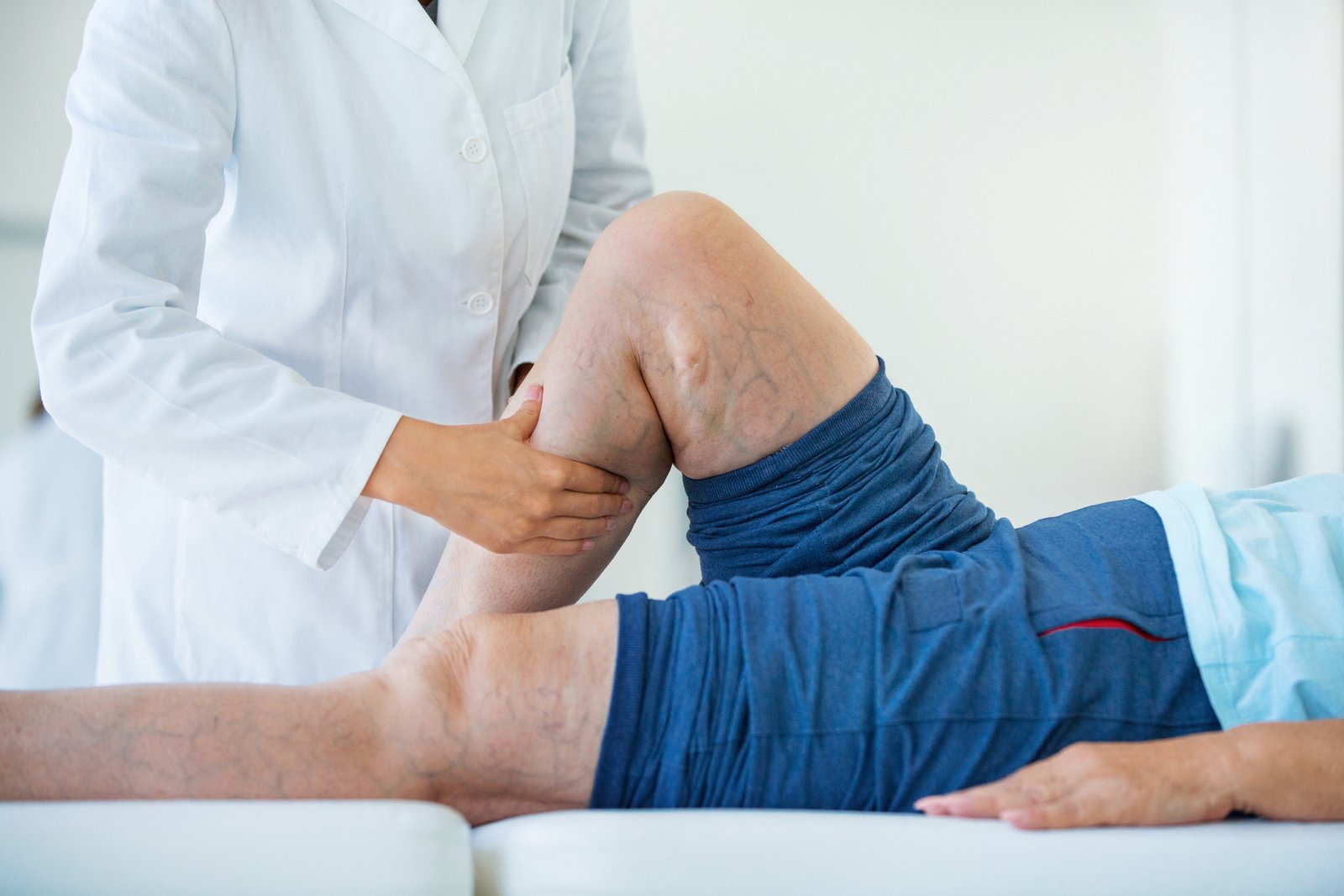
Healthy Vein Healthy You
Varicose and spider veins aren’t just a cosmetic issue—they can cause discomfort, swelling, and other complications if left untreated.
The Good News?
- Treatments are quick
- Minimally invasive with little to no downtime
- Often covered by insurance
Understanding Varicose Veins: Causes and Appearance
What are Varicose Veins?
Varicose veins are enlarged, twisted, and swollen veins that typically appear blue or dark purple. They occur when the vein valves become weak or damaged, causing blood to pool instead of flowing efficiently back to the heart. Varicose veins most commonly affect the legs and feet due to increased pressure from standing and walking.
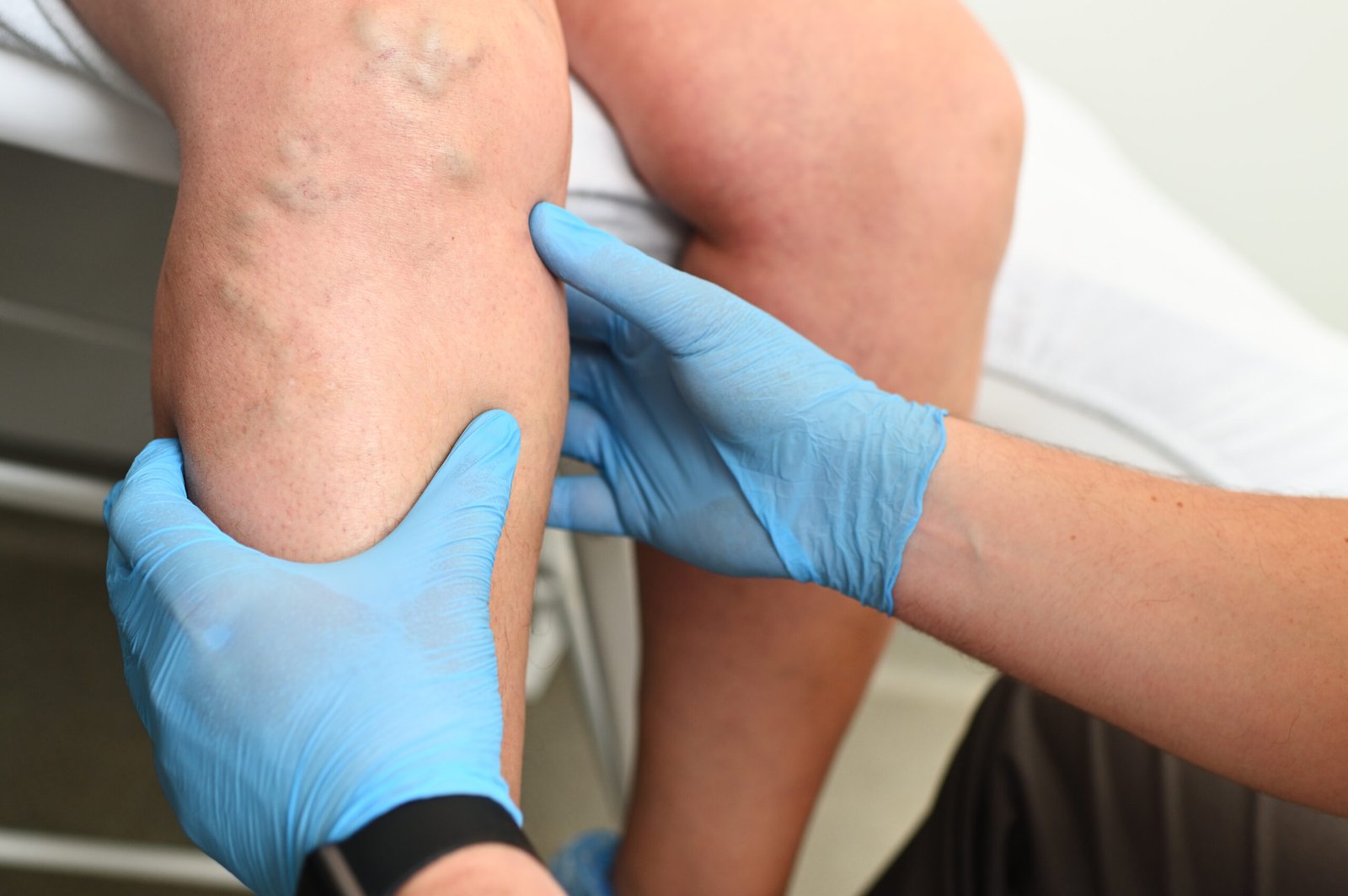
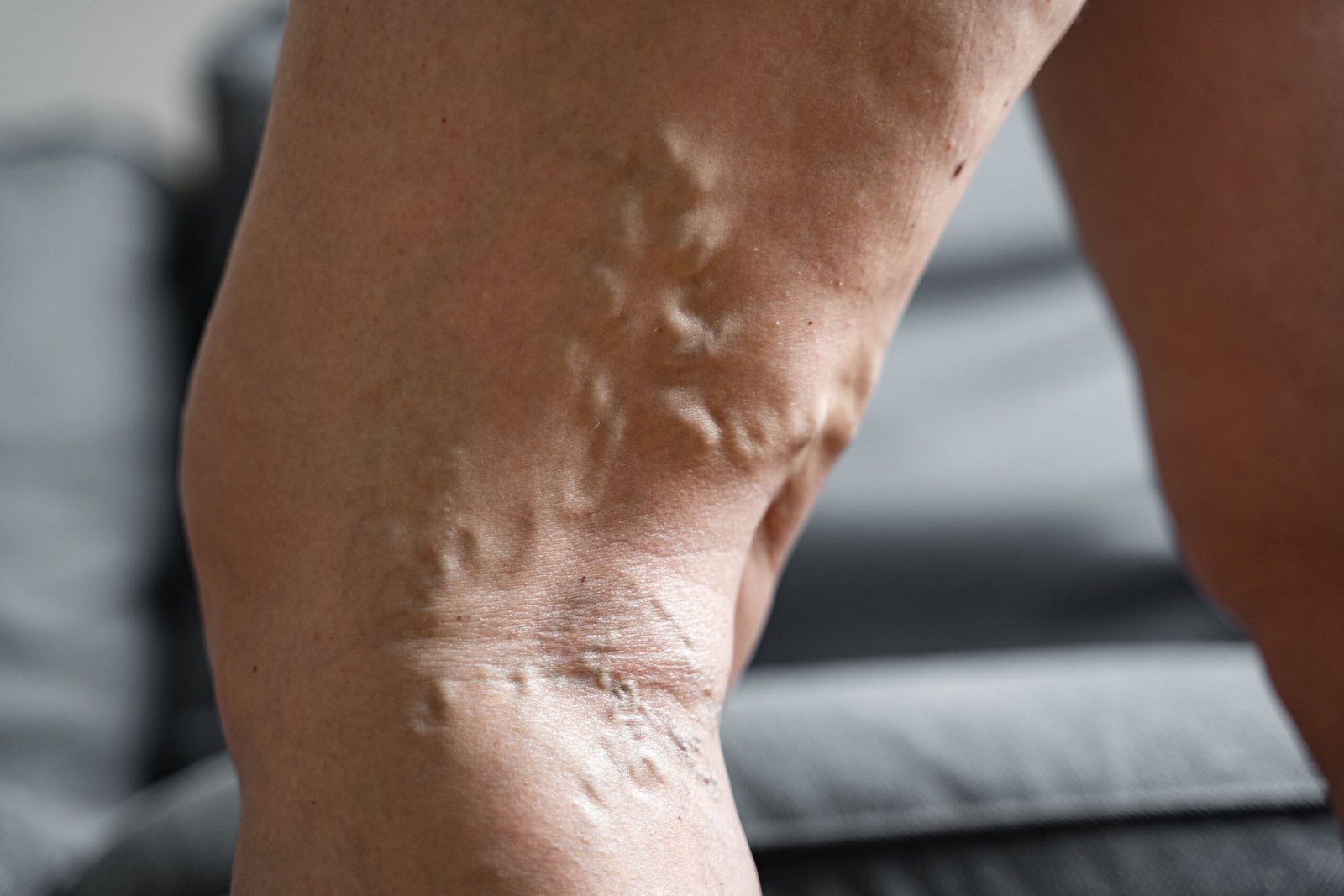
Causes of Varicose Veins
Varicose veins develop due to increased venous pressure and weak vein walls. Some primary causes include:
- Weak or Damaged valves – Veins have one-way valves to prevent blood from flowing backward. If they become weak, blood accumulates and causes swelling.
- Increased Pressure on the Legs – Prolonged standing, sitting, or excess weight can lead to increased pressure in leg veins.
- Hormonal Changes – Pregnancy, menopause, and birth control pills can affect vein elasticity.
- Genetics – A family history of varicose veins increases the likelihood of developing them.
- Aging – As veins lose elasticity over time, they become more prone to enlargement.
- Lack of Physical Activity – Sitting or standing for long periods slows blood circulation, increasing vein pressure.
Symptoms of Varicose Veins
- Visible, twisted, swollen veins (blue or purple)
- Aching or heaviness in the legs (especially after standing for long periods)
- Burning, throbbing, or cramping sensations
- Swelling in the lower legs and ankles
- Itchy or irritated skin near the veins
- Skin discoloration (in severe cases, brownish or reddish patches may appear)
- Ulcers or open sores (if left untreated)
Types of Varicose Veins
- Trunk Varicose Veins – Large, swollen veins near the skin’s surface.
- Reticular Varicose Veins – Smaller, reddish or blue veins that form a network on the legs.
- Spider Veins (Telangiectasias) – Tiny, web-like veins that appear on the legs or face.
Treatments
Varicose vein treatment has come a long way, thanks to advancements in modern medicine. Today, there are multiple effective, minimally invasive options available, from laser and radiofrequency treatments to sclerotherapy and microphlebectomy. These procedures offer quick recovery, little to no discomfort, and long-lasting results, making it easier than ever to restore healthy circulation and improve both comfort and appearance.

Endovenous Laser Treatment
EVLT is a highly effective, FDA-approved procedure that uses laser energy to treat varicose veins at the source. A thin laser fiber is inserted into the affected vein through a tiny incision, where it delivers heat to seal the vein shut. This redirects blood flow to healthier veins, improving circulation and alleviating symptoms like pain, swelling, and fatigue.
The procedure is:
- Minimally invasive – No stitches, minimal discomfort.
- Quick and effective – Performed in under an hour with no hospital stay.
- Fast recovery – Most patients return to normal activities within 24-48 hours.
Radiofrequency Ablation
RFA is another advanced treatment that uses heat energy to close off diseased veins, similar to EVLT but using radiofrequency waves instead of laser energy. A thin catheter is inserted into the vein, delivering controlled heat that causes the vein to shrink and seal. The body then reroutes blood flow to healthier veins, reducing discomfort and improving circulation.
The procedure is:
- Minimal pain and quick recovery – Most patients walk out of the clinic the same day.
- Effective symptom relief – Improves swelling, leg fatigue, and overall vein health.
- Long-lasting results – High success rate with low recurrence of varicose veins
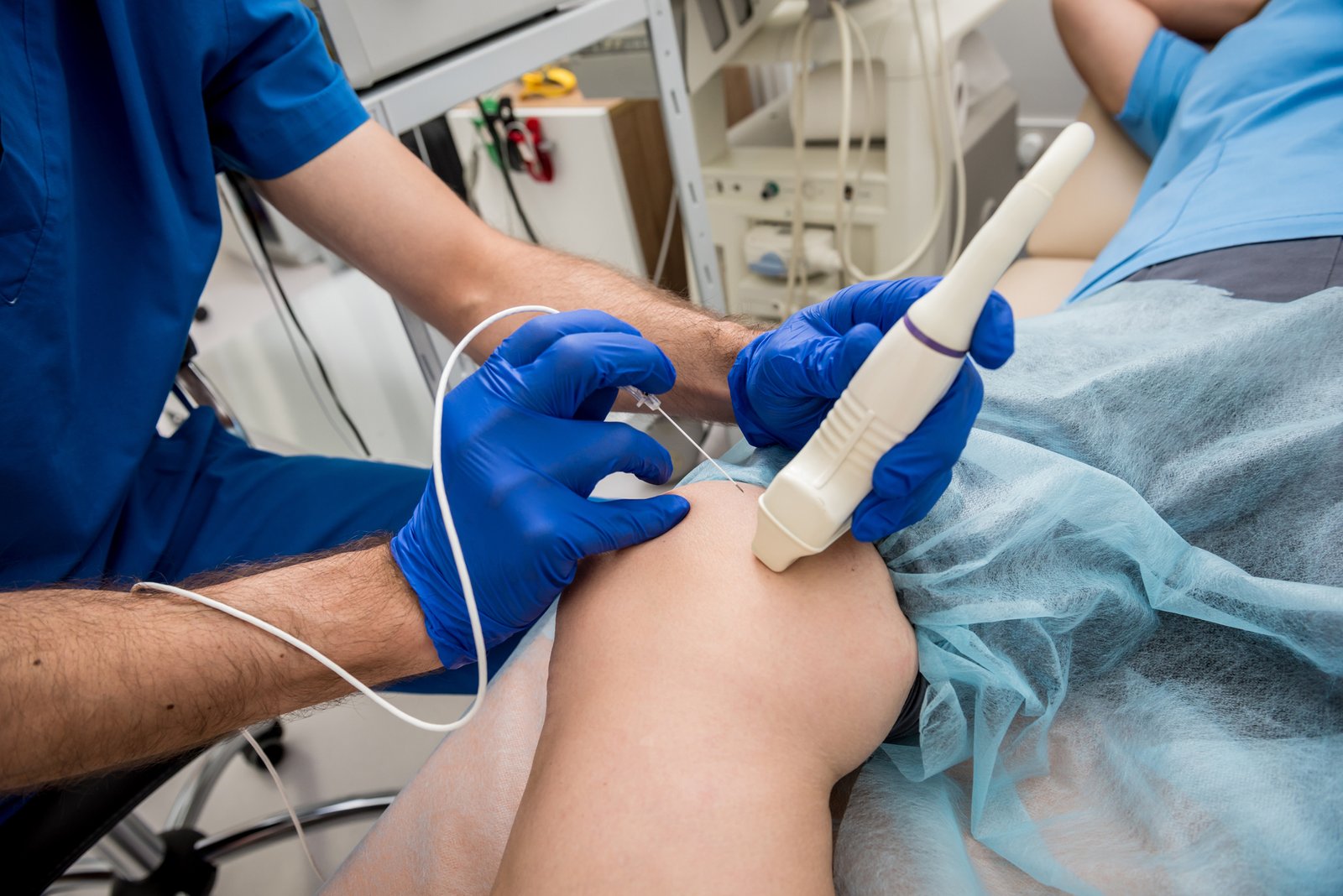

Sclerotherapy
Sclerotherapy is a gold-standard treatment for spider veins and smaller varicose veins. A medical solution is injected directly into the vein, causing it to collapse and gradually fade. Over time, the body naturally absorbs the treated vein, leaving legs looking and feeling healthier.
The procedure is:
- Non-surgical and virtually painless – No incisions or anesthesia required.
- Visible improvement in weeks – Results become noticeable within 3-6 weeks.
- Minimal downtime – Patients can resume daily activities immediately.
Treatments
Varicose vein treatment has come a long way, thanks to advancements in modern medicine. Today, there are multiple effective, minimally invasive options available, from laser and radiofrequency treatments to sclerotherapy and microphlebectomy. These procedures offer quick recovery, little to no discomfort, and long-lasting results, making it easier than ever to restore healthy circulation and improve both comfort and appearance.

Endovenous Laser Treatment
EVLT is a highly effective, FDA-approved procedure that uses laser energy to treat varicose veins at the source. A thin laser fiber is inserted into the affected vein through a tiny incision, where it delivers heat to seal the vein shut. This redirects blood flow to healthier veins, improving circulation and alleviating symptoms like pain, swelling, and fatigue.
The procedure is:
- Minimally invasive – No stitches, minimal discomfort.
- Quick and effective – Performed in under an hour with no hospital stay.
- Fast recovery – Most patients return to normal activities within 24-48 hours.

Radiofrequency Ablation
RFA is another advanced treatment that uses heat energy to close off diseased veins, similar to EVLT but using radiofrequency waves instead of laser energy. A thin catheter is inserted into the vein, delivering controlled heat that causes the vein to shrink and seal. The body then reroutes blood flow to healthier veins, reducing discomfort and improving circulation.
The procedure is:
- Minimal pain and quick recovery – Most patients walk out of the clinic the same day.
- Effective symptom relief – Improves swelling, leg fatigue, and overall vein health.
- Long-lasting results – High success rate with low recurrence of varicose veins

Sclerotherapy
Sclerotherapy is a gold-standard treatment for spider veins and smaller varicose veins. A medical solution is injected directly into the vein, causing it to collapse and gradually fade. Over time, the body naturally absorbs the treated vein, leaving legs looking and feeling healthier.
The procedure is:
- Non-surgical and virtually painless – No incisions or anesthesia required.
- Visible improvement in weeks – Results become noticeable within 3-6 weeks.
- Minimal downtime – Patients can resume daily activities immediately.
